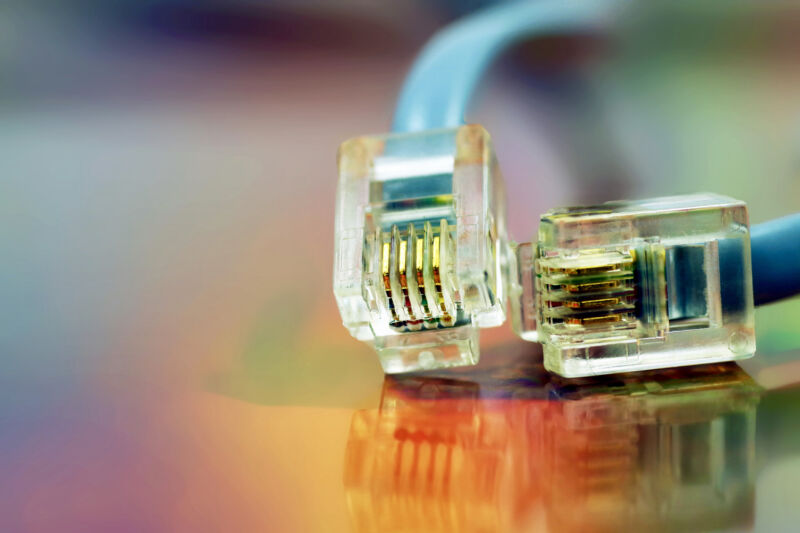
Enlarge (credit: Adrienne Bresnahan | Getty Images)
With Ethernet turning 50 this year, Ars is resurfacing this feature on the development and evolution of Ethernet that was originally published in 2011.
Although watching TV shows from the 1970s suggests otherwise, the era wasn't completely devoid of all things resembling modern communication systems. Sure, the 50Kbps modems that the ARPANET ran on were the size of refrigerators, and the widely used Bell 103 modems only transferred 300 bits per second. But long-distance digital communication was common enough, relative to the number of computers deployed. Terminals could also be hooked up to mainframe and minicomputers over relatively short distances with simple serial lines or with more complex multidrop systems. This was all well known; what was new in the '70s was the local area network (LAN). But how to connect all these machines?
The point of a LAN is to connect many more than just two systems, so a simple cable back and forth doesn't get the job done. Connecting several thousands of computers to a LAN can in theory be done using a star, a ring, or a bus topology. A star is obvious enough: every computer is connected to some central point. A bus consists of a single, long cable that computers connect to along its run. With a ring, a cable runs from the first computer to the second, from there to the third and so on until all participating systems are connected, and then the last is connected to the first, completing the ring.
Read 55 remaining paragraphs | Comments
